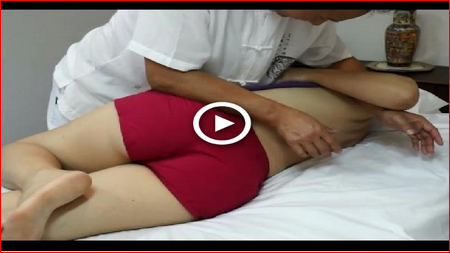Rub includes working and following up on the body with weight – organized, unstructured, stationary, or moving – pressure, movement, or vibration, done physically or with mechanical guides. Back rub can be connected with the hands, fingers, elbows, knees, lower arm, feet, or a back rub gadget. Back rub can advance unwinding and prosperity, can be a recreational action, and can be sexual in nature (see Erotic back rub).
In expert settings knead customers are dealt with while lying on a back rub table, sitting in a back rub seat, or lying on a mat on the floor, while in novice settings a broadly useful surface like a bed or floor is more regular. Oceanic back rub and bodywork is performed with beneficiaries submersed or coasting in a warm-water treatment pool. The back rub subject might be completely or halfway dressed or unclothed.
Archeological proof of back rub has been found in numerous antiquated human advancements including China, India, Japan, Korea, Egypt, Rome, Greece, and Mesopotamia.
BC 2330: The Tomb of Akmanthor (otherwise called "The Tomb of the Physician") in Saqqara, Egypt delineates two men having work done on their feet and hands, apparently rub.
Akmanthor
BC 722-481: Huangdi Neijing is made amid the Chinese Spring and Autumn period (the start of written history). The Nei-jing is an accumulation of therapeutic learning known up to that date, and is the establishment of Traditional Chinese Medicine. Back rub is alluded to in 30 distinct parts of the Nei Jing. It indicates the utilization of various back rub methods and how they ought to be utilized as a part of the treatment of particular sicknesses, and wounds. Otherwise called "The Yellow Emperor's Inner Canon", the content alludes to past restorative information from the season of the Yellow Emperor (approx 2700 BC), deceptive some into trusting the content itself was composed amid the season of the Yellow Emperor (which would originate before recorded history).
BC 700 Bian Que, the most punctual known Chinese doctor utilizes knead as a part of medicinal practice.
BC 500 Jīvaka Komarabhācca, otherwise called Shivago Komarpaj, the organizer of Traditional Thai rub (Nuad Boran) and Thai medicine.(citation required) According to the Pāli Buddhist Canon, Jivaka was Buddha's physician.(citation required) He arranged a mending framework that consolidates pressure point massage, reflexology, and helped yoga postures.(citation required) Traditional Thai back rub is for the most part in light of a mix of Indian and Chinese customs of prescription. Jivaka is referred to today as "Father Doctor" in Thia.
How To Give a Massage - Hot Massage
Title: How To Give a Massage - Hot Massage
Author: Unknown
Rating 5 of 5 Des:
Author: Unknown
Rating 5 of 5 Des:
Rub includes working and following up on the body with weight – organized, unstructured, stationary, or moving ...


Post a Comment